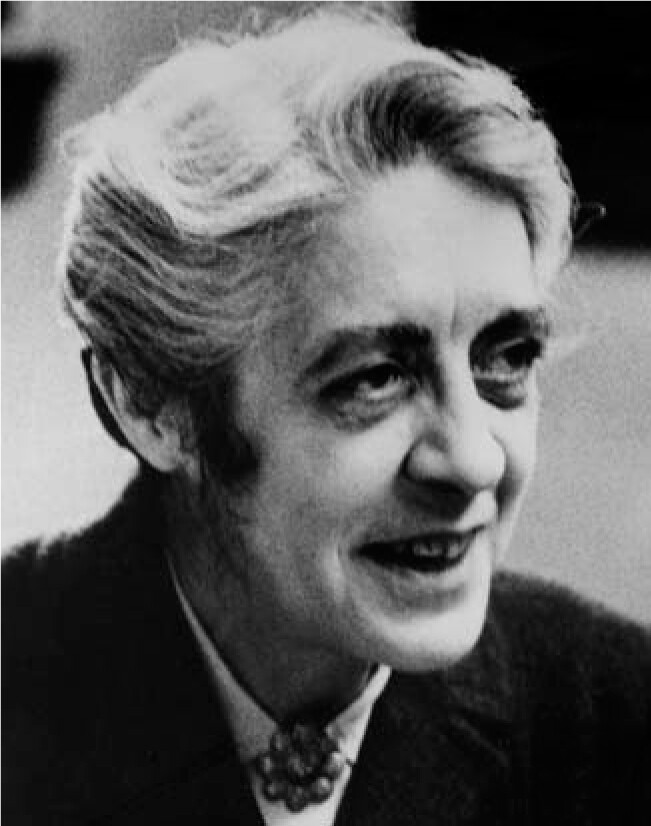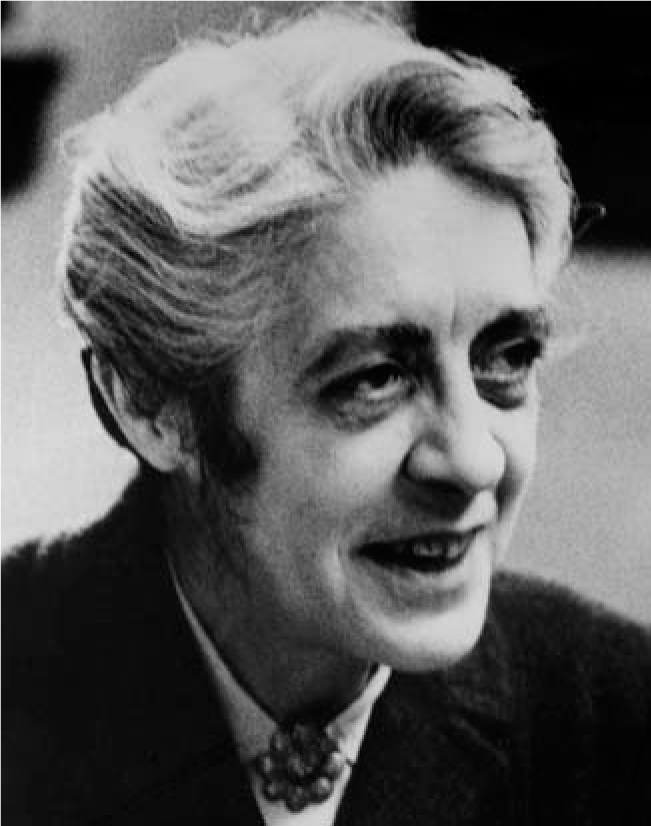Melba Newell Phillips
DOI: 10.1063/1.2012480
Physicist Melba Newell Phillips, a leading science educator who lost two jobs from New York institutions during the McCarthy era for refusing to testify against friends and colleagues before a US Senate subcommittee, died on 8 November 2004 in a nursing home in Petersburg, Indiana.
Phillips was born on 1 February 1907 in Hazleton, Indiana. She graduated from high school at age 15 and, by 1926, had already earned her bachelor’s degree in mathematics from Oakland City College in Indiana. She received her master’s degree in physics in 1928 from Battle Creek College in Michigan and subsequently continued her education at the University of California, Berkeley, where she became one of the first doctoral students of J. Robert Oppenheimer. She received her PhD in 1933.
In 1935, Phillips, a postdoc at Berkeley, and Oppenheimer offered an explanation for the unexpected large capture cross section of the nucleons within the deuteron when nuclei are bombarded by deuteron beams. The explanation—polarization and dissociation of the deuteron in the nucleus field—became known as the Oppenheimer–Phillips effect, and is considered one of the classics of early nuclear physics.
Customarily, a young scientist who had produced such a prominent piece of work could have expected to receive a junior-level faculty appointment at a research institution. But jobs were scarce, more so for women than men, because of the Depression. Phillips held a series of temporary positions at Bryn Mawr College in Pennsylvania, the Institute for Advanced Study in Princeton, New Jersey, and the Connecticut College for Women.
In 1938, though, Phillips obtained a long-term faculty position at Brooklyn College. Although not a research institution, the college was known for the high quality of its students, and she made her presence felt primarily through teaching and nurturing them. Two of us (Rice and Lebowitz) are among the many students who were greatly influenced by her inspired teaching, integrity, and warm personality. Her students and colleagues remember her with great affection.
Phillips had a social conscience. In 1945, while representing the Association of New York Scientists at a meeting in Washington, DC, she, with some Manhattan Project scientists, helped organize the founding of the Federation of American Scientists, an organization whose stated mission is to end the worldwide arms race and avoid the use of nuclear weapons. Francis Bonner, who also played a key role in forming the group, recalled that the meeting was very important “because it forged a strong bond within the entire scientific community, and we went to work on civilian control of atomic energy.”
In 1952, Phillips lost both her Brooklyn College position as an assistant professor and her part-time job, which she took in 1944 at the Columbia University Radiation Laboratory, for refusing to testify before the US Senate’s internal security subcommittee charged with investigating alleged communist activities. More than 30 years later, Brooklyn College publicly apologized for firing Phillips and, in 1997, the school made further amends when its physics department held a day-long symposium in her honor and established a student scholarship in her name.
Although Phillips remained unemployed for several years, she was not inactive. She coauthored two textbooks: Classical Electricity and Magnetism (Addison-Wesley, 1955), with one of us (Panofsky), and Principles of Physical Science (Addison-Wesley, 1957), with Bonner. The collaboration between Phillips and Panofsky was carried out via the US mail, and the coauthors met in person only several years later. Their book was widely used in undergraduate and graduate physics courses. It recently was reissued, sadly a few months after Phillips’s death. She also coauthored a major encyclopedia article on electricity and magnetism.
In 1957, Edward Condon at Washington University appointed Phillips associate director of the university’s Academic Year Institute, a teacher-training institute. She left in 1962 to join the University of Chicago faculty, where she retired 10 years later as a professor emerita. Under her influence, Chicago greatly altered and redeveloped physical science courses for nonscience majors, a part of the undergraduate curriculum that remains.
Immediately following her retirement, Phillips became a visiting professor at SUNY Stony Brook, a position she held until 1975. She also was a visiting professor at the graduate school of the Chinese Academy of Sciences’s University of Science and Technology in Beijing in 1980.
As an educator, Phillips developed and implemented training for physics teaching at all grade levels and led a movement to improve physics teacher preparation. She was the first female president of the American Association of Physics Teachers (1966–67). In 1981, AAPT gave her its inaugural Melba Newell Phillips Award.
Phillips received other honors. In 2003, the American Physical Society bestowed on her its Joseph A. Burton Forum Award. She received Vanderbilt University’s Guy and Rebecca Forman Award for Outstanding Teaching in Undergraduate Physics in 1988; the American Institute of Physics’s Karl Taylor Compton Medal for Leadership in Physics in 1981; and AAPT’s Oersted Medal in 1974.
We have lost a good and kind friend, an outstanding scientist, a courageous woman, and a great educator in physics.

AIP EMILIO SEGRE VISUAL ARCHIVES, PT COLLECTION

More about the Authors
Joel Lebowitz. 1 Rutgers, The State University of New Jersey, Piscataway, US .
Wolfgang Panofsky. 2 SLAC, Stanford, California, US .
Stuart Rice. 3 University of Chicago, Chicago, Illinois, US .
